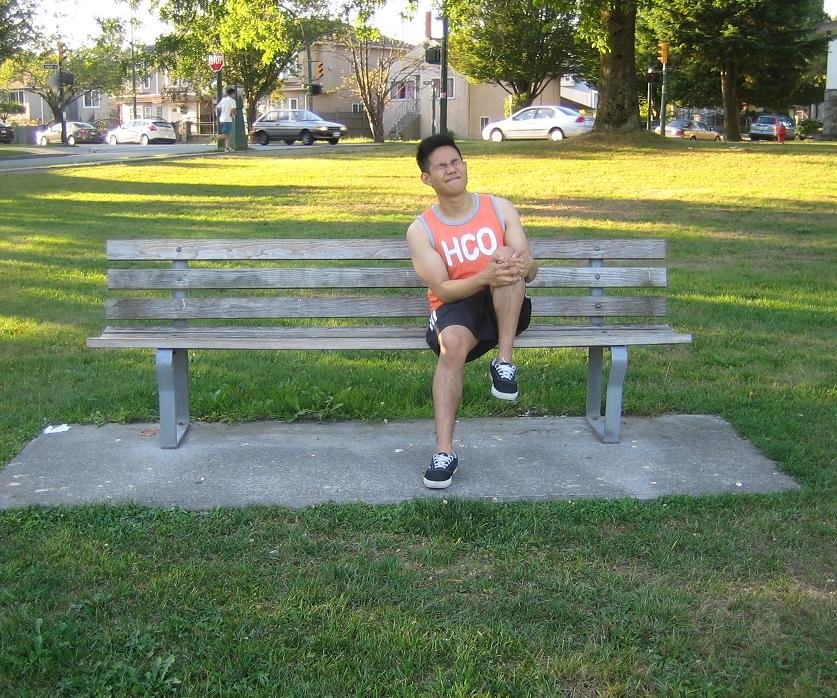Fluid on the knee or “effusion” or water on the knee is due to an injury and reacts by swelling and accumulation of body fluids in trying to protect the areas. The swelling can be mild or severe and treatment will depend on the severity of the condition.
Symptoms
- When knee sustained a bruise, putting weight on this area can cause severe pain due to the accumulation of fluid.
- Stiffness of the area due to accumulation of fluid on the area while reducing the range of movement drastically.
- Pain and swelling can be caused by osteoarthritis and accumulation of fluids.
Causes
- Accumulation of fluid in the knee can be caused by fractured bones, overuse and meniscus or ligament tears.
- Osteoarthritis develops when the cartilage joints breaks down which also leads to the accumulation of fluid
- Other conditions that can also cause accumulation of fluid in the knee include rheumatoid arthritis, cysts, infections, gout, tumors or bursitis of the kneecap.
Complications
Fluid in the knee can result to loss of muscle where it becomes weak and degenerate if not treated right away. The presence of fluid in the knee can cause the formation of Baker’s cyst in the back region of the knee which is very painful. Once the swelling is becomes severe, the doctor performs removal of fluid via cyst aspiration.

Treatment of fluid in the knee
- Take plenty of rest especially the affected area.
- Elevate the injured knee up above the level of the waist and apply an ice pack on the affected knee for at least twenty minutes. Make sure to place a thin cloth or wash cloth between the ice pack and the skin in order to avoid frostbite.
- Keep the knee elevated throughout treatment in order to provide adequate support for the affected knee.
- Wrap the knee using a compression bandage after the treatment in order to deliver sufficient support for the knee until it fully heals.
- Take the prescribed anti-inflammatory medications in order to minimize the stiffness and swelling of the affected area.
- Encourage the individual to perform some mild exercises to help relieve pressure placed on the knee. Losing weight can lessen the amount of body weight placed on the knee during activities such as walking or playing sports.
- Consult a physical therapist for suitable exercises to help strengthen the quadriceps or hamstring muscles for support to the knees.
If the knee joint is severely swollen to the point where it affects bending the joint or cannot function normally, seek medical help immediately.
Tips
Strengthen the muscles found around the knees in order to lessen the pressure placed on the joint.
Perform low-impact exercises such as water aerobics and swimming. In addition, avoid activities that place continuous stress on the joints of the knee.
FACT CHECK
https://www.medicalnewstoday.com/articles/187908.php
https://www.healthline.com/health/water-on-the-knee
https://www.mayoclinic.org/diseases-conditions/swollen-knee/symptoms-causes/syc-20378129
